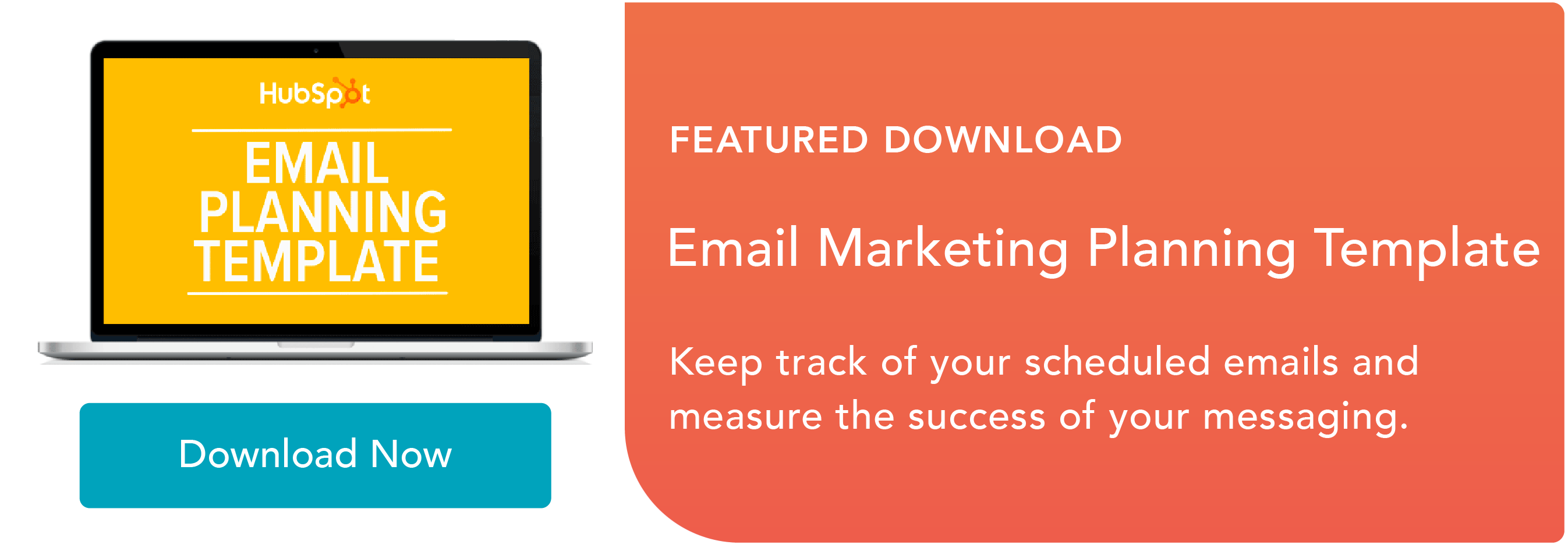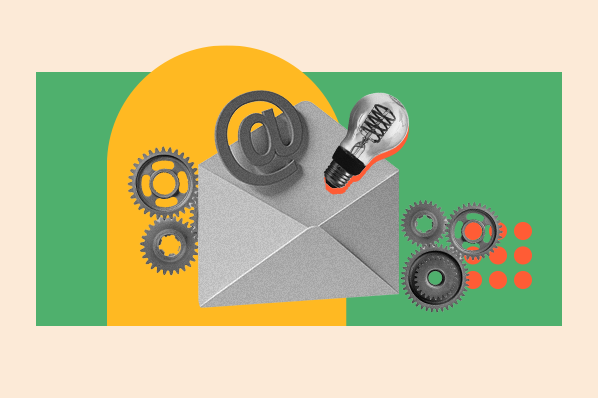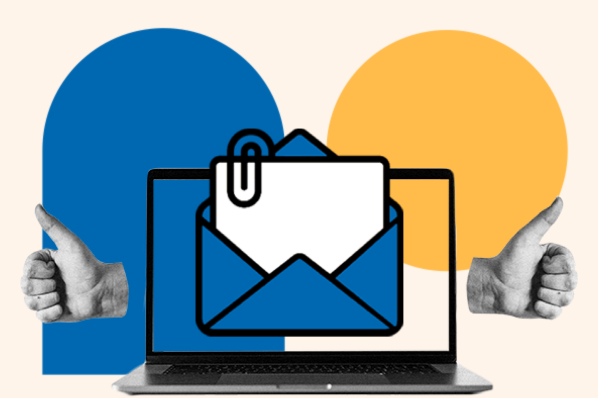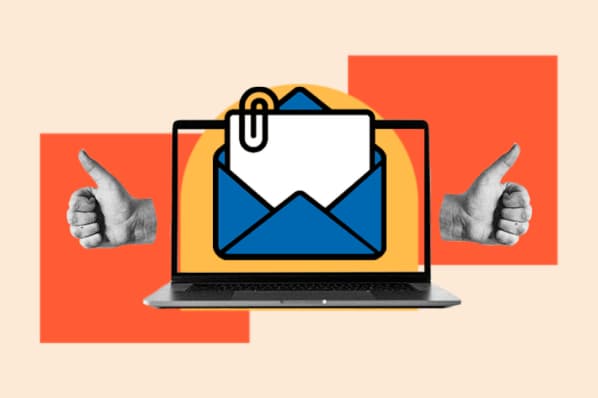This year, I noticed I’ve recycled a record amount of paper. But it’s not because I’m on a mission to save as many trees as possible. It’s because I never open any of the mail I receive.

Most of the physical mail that appears in my mailbox are self-serving sales pitches or coupons from brands that somehow collected my personal information. And since the only traits of mine that they know are my name and address, they can only assume what my actual needs and interests are. Needless to say, most of the mail they send me is irrelevant and unwarranted, and every time I see their marketing messages in my mailbox, I happily pitch them in the recycling bin.
In the email marketing world, direct mail’s digital twin skulks around in email inboxes everywhere, even though online marketers have access to information that can enable them to personalize their marketing materials to each member of their target audience. They’re called email blasts.
What is an email blast?
An email blast is a generic email message sent to a huge list of unsegmented recipients. A poster child of the spray-and-pray marketing approach, email blasts are usually considered spam.
Why Brands Shouldn’t Send Email Blasts Anymore
Your audience and ISPs will consider your email blast spam, which will dismantle your deliverability.
There’s an ever-growing mountain of emails piling up in people’s inboxes today, but people can still sniff out spam. In fact, nearly 85% of email is considered spam, so most people’s inboxes are overflowing with it. And in an age where people will gladly purge messages that actually belong in their inbox, they’ll immediately flag any irrelevant or unwarranted messages they consider spam.
Spam complaints not only diminish your brand’s reputation, but they also erode your sender reputation. Internet service providers, or ISPs, provide email mailboxes for consumers, and to attract as many users as possible, they want to weed out as much spam infiltrating their mailboxes as possible.
To do this, they build powerful spam filters that banish messages from senders who accrue too many spam complaints to the spam folder. Consistent spam complaints will also prompt ISPs to put your IP address on an email blacklist, which bans all your emails from ever entering any of the ISP’s users’ inboxes.
Even if you consistently follow proper email marketing etiquette, though, sending one email blast can still harm your reputation and deliverability. ISPs monitor your sending habits and list size, so if you’ve been sending messages to a steadily growing list, but then, all of a sudden, you send a message to a significantly larger list, they'll suspect you purchased a list of email addresses and send your message to the spam folder or even blacklist you.
Sending warranted, relevant messages not only benefits your audience, but also improves your deliverability.
In a world where countless amounts of brands scream for a limited amount of attention, especially in people’s inboxes, receiving a warranted, relevant message is a breath of fresh air. That’s why segmenting your lists by specific, granular criteria, like demographic, psychographic, and behavioral information, is crucial for a successful email marketing program -- you’ll be able to send each of your recipients the messages they actually want to read, which will skyrocket your emails' engagement rate.
Engagement rate is the metric that arguably impacts your deliverability the most, so not only will segmenting your list and sending personalized, relevant delight your audience, but it’ll also improve your deliverability.
Sending Email Blasts Back to the Past
Marketing can feel like a numbers game sometimes, so you might be tempted to send an email blast every once in a while. But even though resonating with a tiny percentage of a huge, unsegmented email list could produce some short-term results, the long-term impact on your brand's reputation and deliverability ultimately isn't worth the juice in metrics.




![Creating an HTML Email: The Design Guide You Need [+ Free Templates]](https://blog.hubspot.com/hubfs/html%20design.png)


![30 Brilliant Marketing Email Campaign Examples [+ Template]](https://blog.hubspot.com/hubfs/email-marketing-examples_29.webp)



